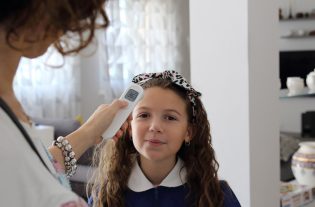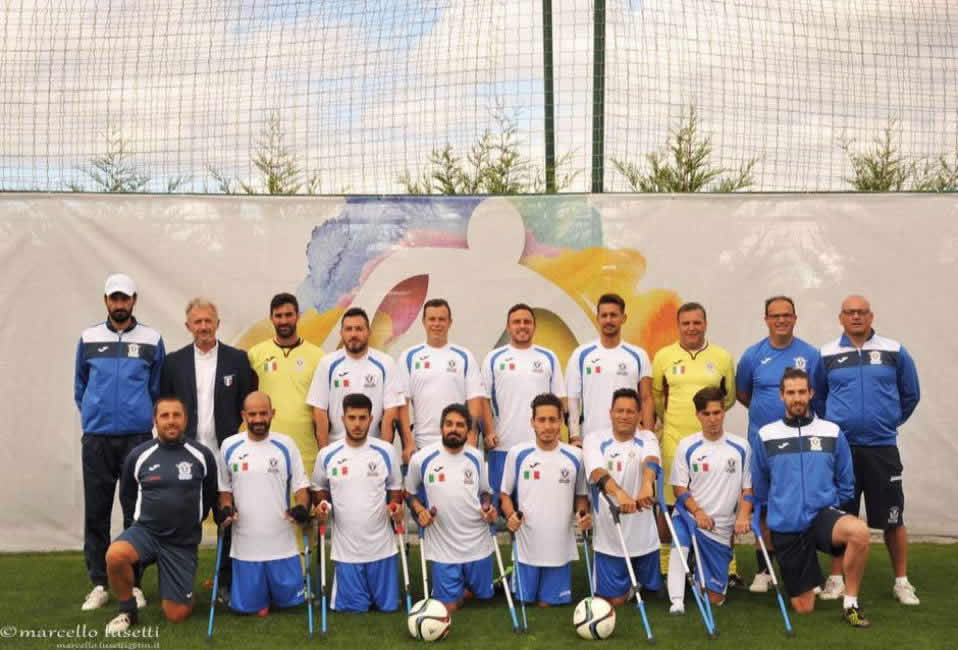Diversity is one of the most important and “sensitive” topics to discuss with both young and slightly older children. They often ask us to explain situations and conditions that are sometimes difficult to understand and explain, even for adults, but literature comes to our aid.
A sensitive Topic
How many times have children bombarded us with a thousand questions when they notice something different about a person? Discussing disability with children must be a journey into a different world, where questions must be asked, but most also be greeted with sensible answers.
The words, what we say and how we say it are important. What is most important, however, is telling the truth, using simple words and also, why not, using books to help us explain.
Telling the truth
Fortunately, literature has come to our aid over recent years, and we can use books for children and teenagers of all ages to explain diversity, turning it into a message of inclusion and normality.
A message of inclusion
I am a very grown-up child now, but even I find that discussing disability using an illustrated book, such as a fairytale, for example, can be helpful in providing a different view of this issue.
Literature is now full of examples. My personal library includes the book “Nel paese Chenonsai”. I have also searched the Internet for inspiration on the topic of disability, and explained diversity in schools, even to very small children. I needed to find something that would eliminate the idea of a millstone hanging around our necks that adults tend to have on this issue.
A story with illustrations was the perfect combination for speaking the language of small children and having them bombard me with questions starting with the word “why”, and then leaving them open-mouthed as soon as they heard the answer. “Nel paese Chenonsai” is the title of a book written by Mirella Bolondi, illustrated by Francesca Drusian and edited by Chiara Bezzi.
It deals sensitively with disability, depicting “diversity” as an opportunity for amazing discoveries. It is a children’s book, but should also be read by adults, in order to learn how to give truthful answers to our children, nephews and nieces or anyone who is curious about someone who is different to them.
Website and more
For anyone looking for other titles, the Internet has plenty of books on this topic, such as the “Uguali Diversi” bibliography proposed by the “Cesare Pavese” Library in Casalecchio di Reno(Bo), which has around thirty books on disability for children and teenagers, divided by age group (illustrated books for 4-7 years, stories from 7 years, fiction from 9 years, fiction from 12 years), or the website Di.To Disabilità a Torino, which provides an extremely useful database that can be consulted using a search form to find two different types of book synopses for children: books that are accessible in the case of disability and books dedicated to the topic of disability, searching by book type (illustrated books, comic strips, fairytales, poetry, stories, novels) and by age group.
I do not believe that there are topics only for adults or topics that cannot be discussed with children. They just need to be explained in the right way. Children are depicted as innocent creatures, but they can often be hurtful when they ask us about being ‘different’.
Play and concrete examples
I have always wondered about the best way to respond to children when they started asking me questions, but I am working on it, because I have to admit that I would like to bring the topic of disability into schools in a different way to how we are accustomed.
It needs to be discussed using play and using concrete examples that help them speak without being embarrassed or hurting you with their frankness. We need other books like this: stories about seated queens, men with an ear that looks like a coffee cup, anything that leads to questions being asked, as it signifies interest and also growth.










